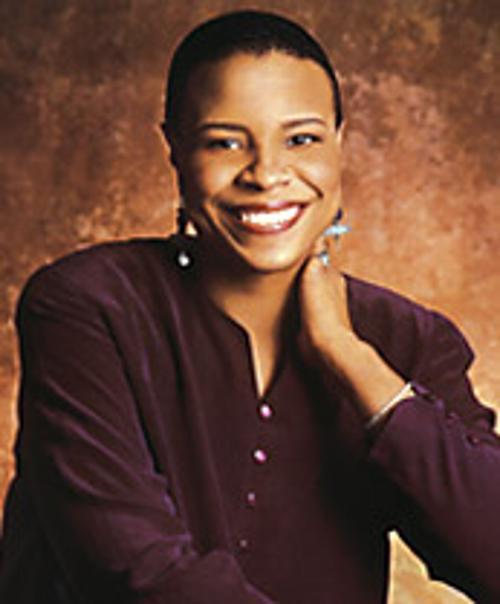
The day I was downsized was one of the most depressing events of my career.
Months prior to that life-changing day, I had a desire to change careers. I enjoyed my responsibilities as a Sales Engineer, but I was not doing much of what I loved. I wanted to write.
I locked my eyes on a career in public relations. As I researched the industry, I came upon Terrie Williams’ story.
What immediately struck me in the early ‘90s about her story, was her drive and determination to run a successful business in a predominately white industry.
A 2018 Harvard Business Review article stated that the public relations industry is 87.9 percent white, 8.3 percent African American, 2.6 percent Asian American, and 5.7 percent Hispanic or Latinx. I can only imagine the statistics in 1988 when Terrie opened her company.
I later realized there were several parallels to Terrie’s story. She began her career as a social worker with a dream of becoming an entrepreneur (I was in sales with the same dream). She met jazz giant Miles Davis who encouraged her to start a business (I met DeBorah Thigpen of D. Thigpen & Adsociates who gave me my first opportunity). Williams credits many people who helped her along her journey (Visibility Marketing Inc. would not have celebrated its 20 year anniversary if it weren’t for the people who helped us).
In 2018, Terrie closed The Terrie Williams Agency after 30 successful years in the public relations industry. In celebration of National Women’s History Month, I salute Terrie Williams, formerly of The Terrie Williams Agency, for making history for all entrepreneurial women striving for excellence and for being the impetus for Visibility Marketing Inc. to do the same.

 The public relations world has changed dramatically since I entered the field. The tactics practitioners use have moved to a new frontier. The word “content marketing” didn’t even exist then. Now, it’s one of the best ways to communicate to vast audiences.
The public relations world has changed dramatically since I entered the field. The tactics practitioners use have moved to a new frontier. The word “content marketing” didn’t even exist then. Now, it’s one of the best ways to communicate to vast audiences.
 Originally Published in
Originally Published in  When it comes to measuring your public relations impact, there’s a new kid on the block.
When it comes to measuring your public relations impact, there’s a new kid on the block. We’ve always touted the importance of content. It’s not about what you say, but the content’s quality.
We’ve always touted the importance of content. It’s not about what you say, but the content’s quality.
